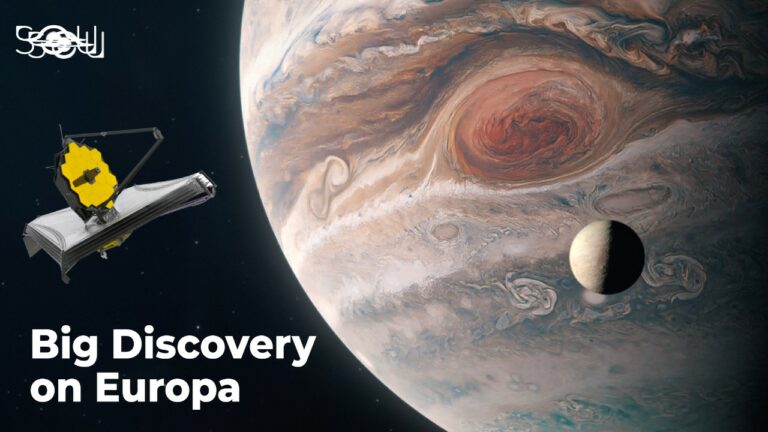James Webb Saw Something Amazing On Europa! Is It a Sign of Life?
The James Webb Space Telescope focused on Jupiter’s moon Europa and found something truly remarkable. It discovered carbon dioxide in a very specific place on the surface of the moon, hinting that something intriguing is happening inside it.
Decades of exploration of the solar system have shown that Jupiter’s moon, Europa, is one of the most promising places where we can find life beyond Earth. That’s because of the vast ocean the moon hides beneath its icy crust. The first evidence of the subsurface ocean came when NASA’s Voyager spacecraft flew past Jupiter about half a century ago. The data from the spacecraft revealed that Europa was not just icy but had a young, frequently rejuvenated outer surface.
Further missions to study Jupiter and its moons suggested that Europa’s underground ocean of liquid water contains twice the volume of all of Earth’s oceans combined. However, what truly piques our interest in this moon is the possibility that it may have hosted life within its mysterious, dark waters, where organic molecules and potential energy sources might exist.
And now, the most powerful space telescope ever built has delivered its first significant results concerning the Jovian moon. So, how did Webb discover carbon dioxide on the surface of Europa? How are astronomers so sure that it came from beneath the surface of the moon? Finally, and most importantly, why is the discovery of carbon dioxide on the surface of Europa so important?
Do not forget to share your opinion with us to provide you with the best posts !




0 Comments